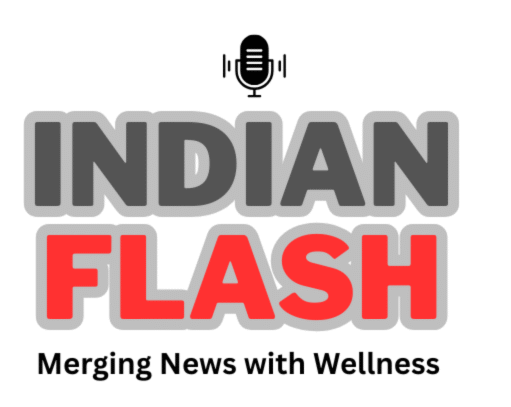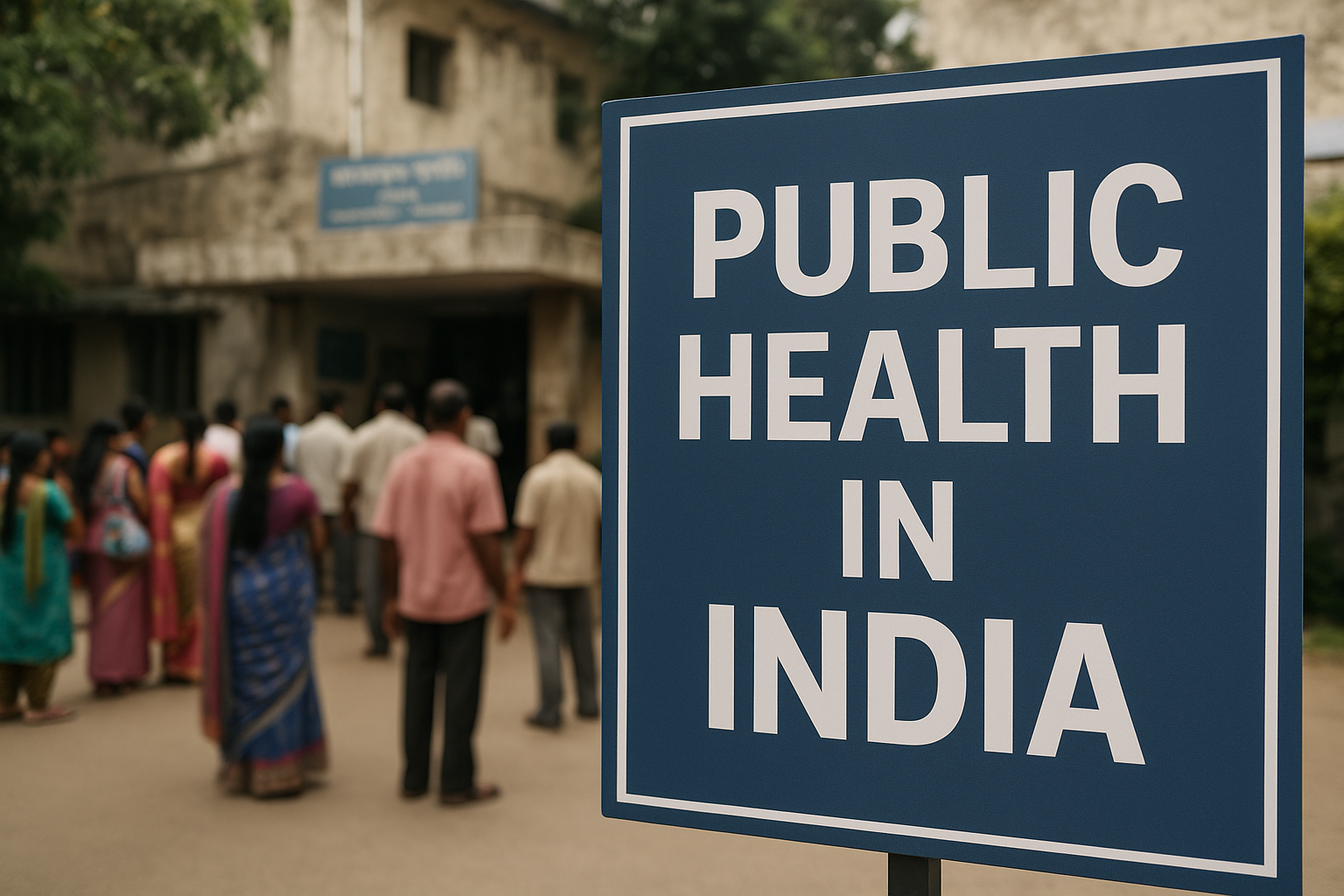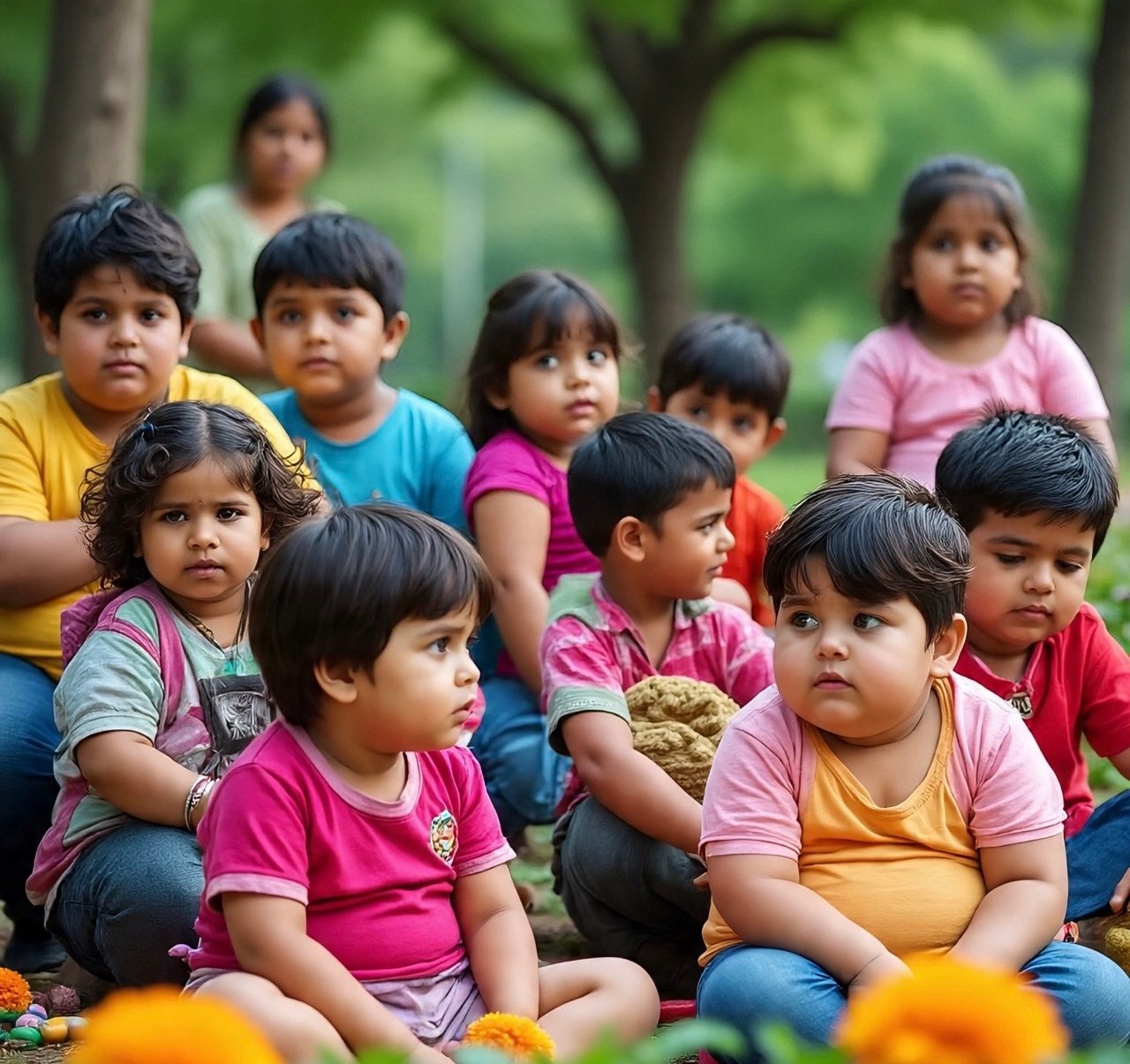Public health in India has seen significant improvements over the past few decades, particularly in reducing child mortality, eradicating diseases like polio, and increasing life expectancy. However, India continues to face multiple systemic public health challenges, exacerbated by a vast population, poverty, urbanization, and healthcare disparities.
📌
Key Public Health Issues in India
1.
Infectious Diseases
Despite progress, diseases like tuberculosis (TB), dengue, malaria, cholera, and leptospirosis still affect millions. Antibiotic resistance and poor sanitation further complicate this.
2.
Non-Communicable Diseases (NCDs)
NCDs now account for over 60% of deaths in India. Common issues include:
- Diabetes
- Hypertension
- Heart disease
- Stroke
- Cancer
3.
Malnutrition and Anemia
- India houses one-third of the world’s malnourished children.
- Iron-deficiency anemia is prevalent among women and adolescents.
- Under-nutrition coexists with obesity in urban settings.
4.
Maternal and Child Health
- High maternal and infant mortality in certain regions.
- Inadequate prenatal care, poor nutrition, and unhygienic birth practices are still common.
5.
Mental Health
- Depression, anxiety, and substance abuse are rising, especially among youth.
- Social stigma and lack of trained professionals make the issue worse.
6.
Poor Sanitation and Water Supply
- Over 60% of rural households lack access to safe sanitation.
- Waterborne diseases remain rampant due to contaminated water sources.
7.
Air Pollution
- India is home to 22 of the 30 most polluted cities globally.
- Respiratory illnesses like asthma and COPD are increasing at alarming rates.
8.
Lack of Preventive Healthcare
- Focus remains on curative services, with limited public awareness about prevention.
- Routine screenings and vaccinations are underutilized.
⚠️
Major Challenges in India’s Public Health System
🚧 1.
Inadequate Infrastructure
- Rural areas often lack basic health facilities, staff, and equipment.
- Urban government hospitals are overcrowded and underfunded.
🚧 2.
Low Public Health Spending
- India spends around 2.1% of its GDP on health, much lower than WHO’s recommended 5%.
- Heavy dependence on out-of-pocket expenses pushes families into poverty.
🚧 3.
Shortage of Medical Personnel
- Rural India faces a severe shortage of doctors, nurses, and specialists.
- One government allopathic doctor per 10,189 people (rural stats worse).
🚧 4.
Corruption and Mismanagement
- Funds allocated for healthcare are often misused or unspent.
- Poor implementation of schemes like Ayushman Bharat in certain states.
🚧 5.
Health Inequity
- Urban poor and tribal populations remain underserved.
- Gender and caste-based discrimination affects access to care.
✅
Steps to Improve Public Health in India
🏥 1.
Strengthen Primary Healthcare
- Increase the number of Primary Health Centres (PHCs) and Community Health Centres (CHCs).
- Train and deploy local health workers (ASHAs, ANMs) effectively.
💰 2.
Increase Health Budget
- Raise spending to at least 3%–5% of GDP.
- Ensure timely utilization and monitoring of allocated funds.
📢 3.
Promote Health Education & Awareness
- Launch mass campaigns on hygiene, nutrition, vaccinations, and lifestyle diseases.
- Integrate health education into school curriculums.
💉 4.
Focus on Preventive Care
- Expand immunization coverage, cancer screenings, and NCD management.
- Encourage annual health checkups and early detection.
👩⚕️ 5.
Develop Human Resources for Health
- Increase seats in medical and nursing colleges.
- Provide incentives for doctors to serve in rural and tribal areas.
🧼 6.
Sanitation and Clean Water Initiatives
- Ensure every household has access to toilets and clean drinking water.
- Monitor implementation of Swachh Bharat Abhiyan and Jal Jeevan Mission.
📊 7.
Digital Health & Telemedicine
- Strengthen eSanjeevani and telehealth platforms, especially for remote regions.
- Digitize patient records and improve interoperability between hospitals.
👩👩👧👦 8.
Community Participation
- Involve local communities and NGOs in planning and monitoring health services.
- Promote local leadership and accountability.
🔍 Noteworthy Initiatives & Programs
- Ayushman Bharat (PM-JAY) – World’s largest health assurance scheme
- National Health Mission (NHM) – Improving rural and maternal health
- Swachh Bharat Abhiyan – Sanitation and open defecation free India
- POSHAN Abhiyaan – Combating child and maternal malnutrition
- eSanjeevani – Free online medical consultation service
🌟 Conclusion
India’s public health system is at a crucial turning point. While progress is visible, the health needs of a growing and diverse population demand reforms in infrastructure, funding, policy, and public participation. Achieving “Health for All” in India requires a multi-sectoral, inclusive, and sustained effort.




